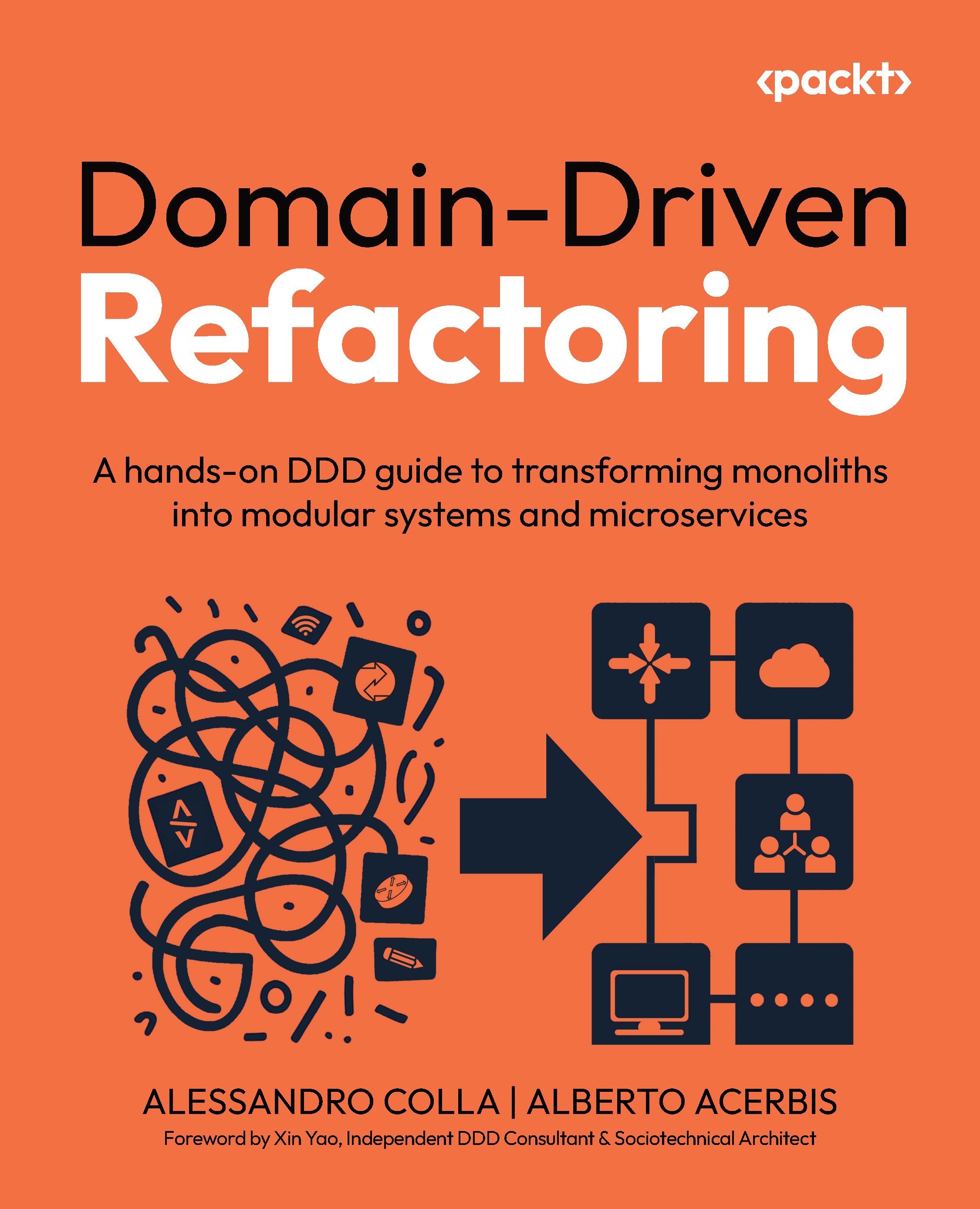Problem and solution space
Among the many phrases apocryphally attributed (https://quoteinvestigator.com/2014/05/22/solve/) to Albert Einstein, there is one that goes as follows:
“If I had an hour to save the world, I would spend 55 minutes defining the problem and only 5 minutes finding the solutions.”
We could summarize this statement by saying that the problem space is the set of all the problems that your application should solve, while the solution space is the set of all solutions that address each given problem.
Allen Newell and Herbert Simon in their book Human Problem Solving argue that we, as human beings, tend to be problem solvers. We see this daily in our team while developing software. We tend to seek and try to find a solution as quickly as possible and leave the problem space as quickly too. We are uncomfortable staying in this area, but it is where our client needs to reside; it is the zone that allows us to acquire more information...
































































